You searched for: Theresienstadt
<< Previous | Displaying results 81-90 of 207 for "Theresienstadt" | Next >>
-
Lisl Winternitz
ID CardLisl was the youngest of two children born to a Jewish family in the Czechoslovakian capital of Prague, a city with a Jewish community that dated back to the eleventh century. Lisl's family lived on Karlova Street in the Karlin district of the city. Lisl's father owned a wholesale business that sold floor coverings. 1933-39: Lisl was 12 when, on March 15, 1939, the German occupation forces entered Prague. She went to school that day and a teacher shouted at her, "You dirty, filthy Jew," and then spat in…
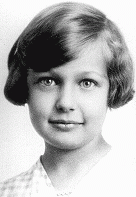
-
Deportation of Jews from Plzen
PhotoDeportation of Jews from Plzen (Pilsen) to Theresienstadt. The building in the background is the town theater. Czechoslovakia, 1942.

-
Children's painting showing Jews celebrating Hannukah
PhotoChildren's painting showing of Jews celebrating Hannukah. This painting, which was probably drawn by either Michael or Marietta Grunbaum, was made in Theresienstadt and then pasted into a scrapbook by their mother shortly after liberation. Theresienstadt, Czechoslovakia, ca. 1943.
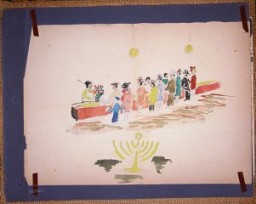
-
Alice (Lisl) Winternitz's luggage tag
ArtifactThis paper tag identified bedding belonging to Alice (Lisl) Winternitz when she was deported from Prague, Czechoslovakia, to the Theresienstadt ghetto in June 1942.
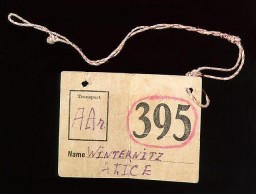
-
Red triangle patch worn by a Czech political prisoner
PhotoRed triangle patch worn by Czech political prisoner Karel Bruml in Theresienstadt. The letter "T" stands for "Tscheche" (Czech in German).

-
Helene Reik's diary
Media EssayDiaries reveal some of the most intimate, heart-wrenching accounts of the Holocaust. They record in real time the feelings of loss, fear, and, sometimes, hope of those facing extraordinary peril. Written on postcard...
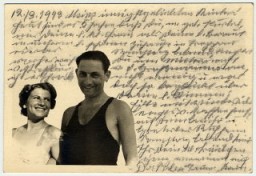
-
1943 still life of a violin and sheet of music behind prison bars by Bedrich Fritta
Photo1943 still life of a violin and sheet of music behind prison bars by Bedrich Fritta (1909–1945). Fritta was a Czech Jewish artist who created drawings and paintings depicting conditions in the Theresienstadt camp-ghetto. He was deported to Auschwitz in October 1944; he died there a week after his arrival.
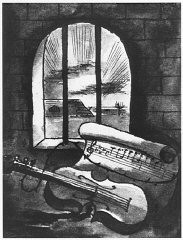
-
Inge Auerbacher
ID CardInge was the only child of Berthold and Regina Auerbacher, religious Jews living in Kippenheim, a village in southwestern Germany near the Black Forest. Her father was a textile merchant. The family lived in a large house with 17 rooms and had servants to help with the housework. 1933-39: On November 10, 1938, hoodlums threw rocks and broke all the windows of Inge's home. That same day police arrested her father and grandfather. Inge, her mother and grandmother managed to hide in a shed until it was…
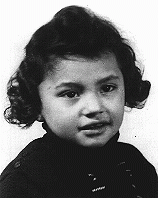
-
Anna Pfeffer
ID CardAnna, affectionately known as Aennchen to her family, was the daughter of non-religious German-Jewish parents. Her father died when she was young and Anna was raised in the town of Bruchsal by her impoverished mother. Anna married a well-to-do, older gentleman in 1905 and moved to the fashionable city of Duesseldorf, where he was a department store manager. By 1933 they had two grown sons. 1933-39: The Pfeffer's comfortable life unraveled after the Nazis came to power. The Nazis arrested Anna's brother…
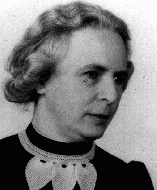
-
Hana Müller
ID CardHana was born to a Jewish family in Prague, the capital of Czechoslovakia. Her father, a metalsmith, made pipes, spouts and gutters for construction companies. Because her mother was frail, Hana was raised by her father and grandmother. She attended a Jewish school through grade five, and later went to business school. 1933-39: In 1933 Hana read about the harrowing treatment of Jews during the Spanish Inquisition and told her grandmother, "Aren't we fortunate that we live in the 20th century in…

